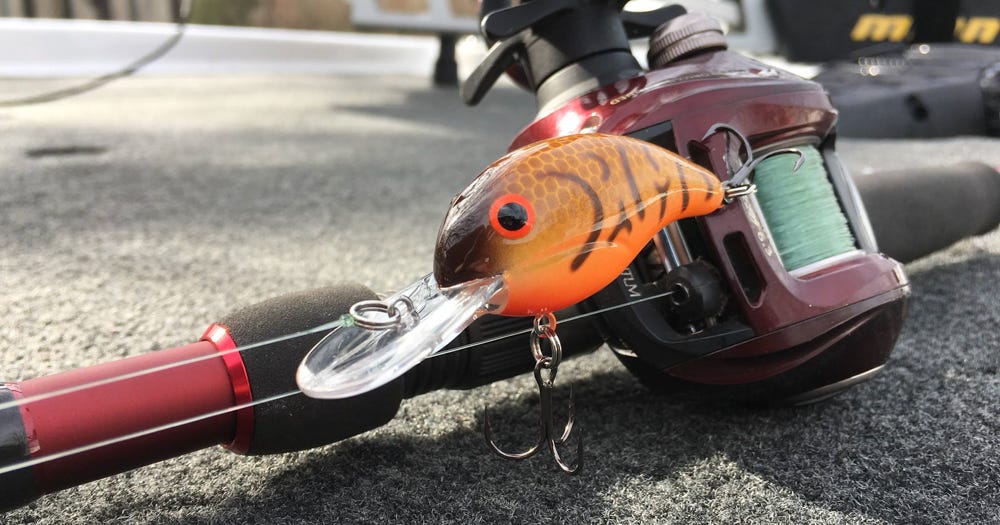- Mar 10, 2021
Spinnerbait Fishing in Moonlight or Muddy Water BOOYAH Covert Series Goes Dark
You read that title correctly. The BOOYAH Covert Series spinnerbait has some new options for when things go “dark.” The new Night Time Series Covert has been added to the line for night fishing or when water gets extremely muddy.
When asking Jason Christie why this addition had to be made to the line, he jokingly said, “to fish at night…”, but after some laughs, he gave me some real knowledge of why this lure had to join the ranks with the other highly successful Covert series models.









